Image
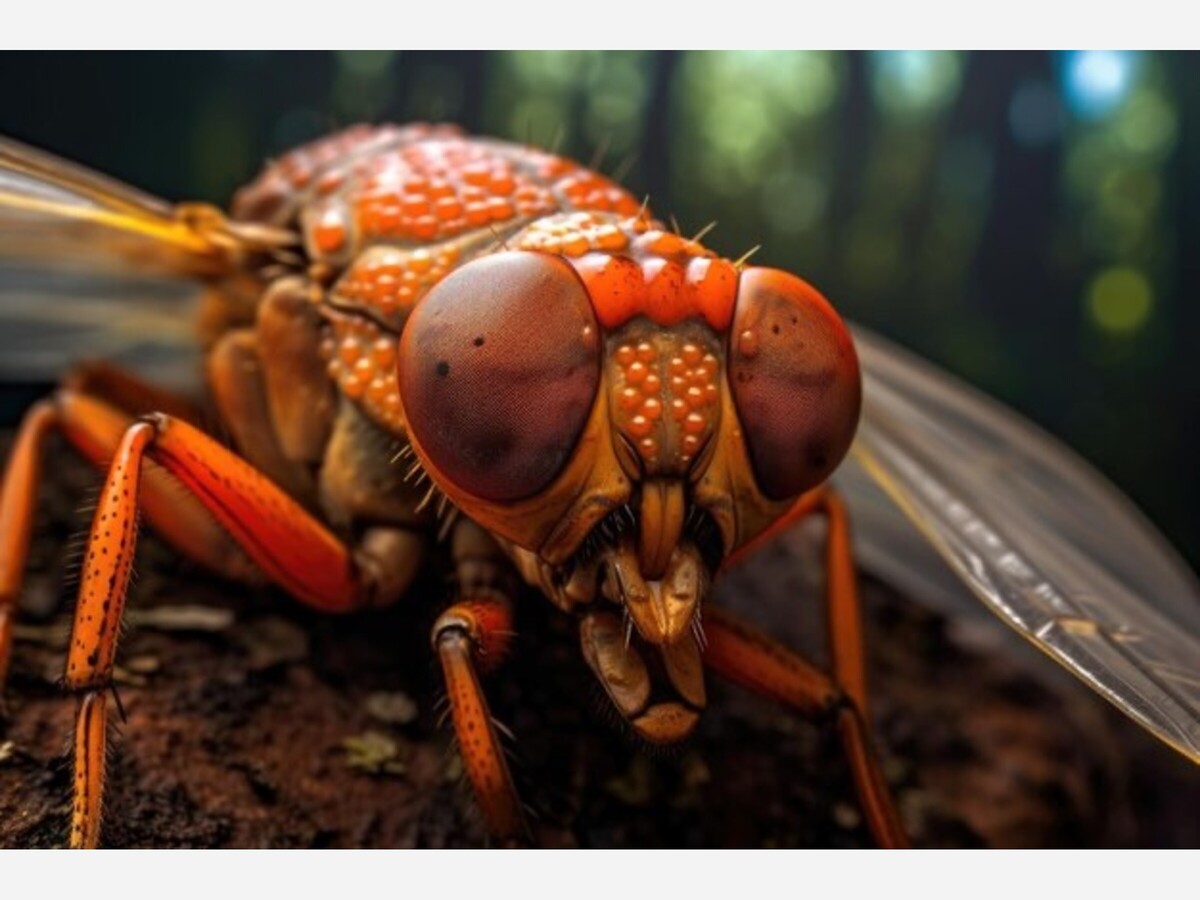
by Mike Strzelecki
Cicadas have found their way into the national news the past few months. We’ve seen images of them splashed across social media - their swollen and beady red eyes ogling in different directions at once, their oversized cellophane wings folded clumsily over their crunchy bodies. We’ve seen articles about them in newspapers and stories on cable news. The reason for this sudden attention is that the summer of 2024 will feature a cicada eruption of Biblical proportions - in numbers that have not been seen in two centuries.
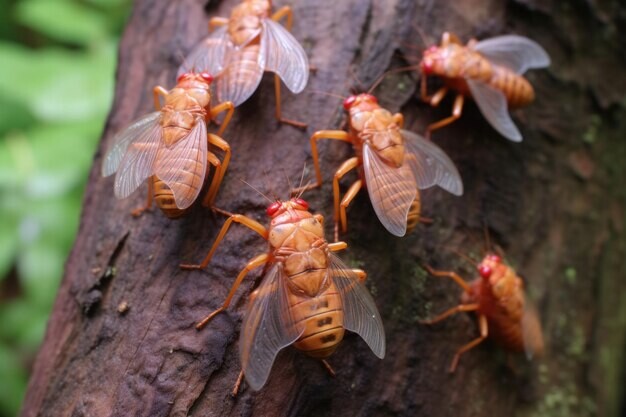
So should Pennsylvanians be concerned? Is this going to be a repeat of the 2021 cicada brood that enveloped the mid-Atlantic region? Maybe even worse? Are prodigious numbers of cicadas about to emerge in this area and cover our shrubs, and land in our hair, and crunch under-foot?
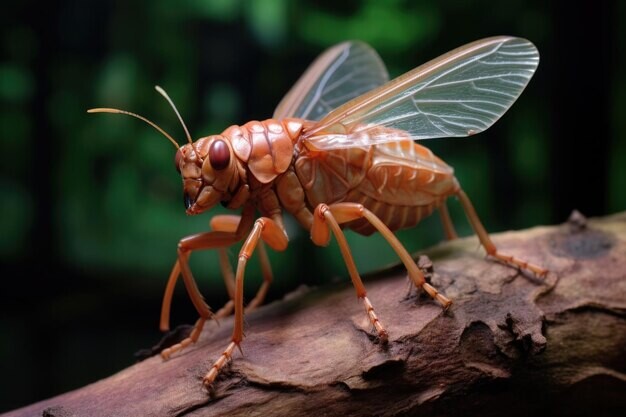
The short answer is…no! Pennsylvania will not be affected much by the cicada craze that is being discussed. Here is the scoop:
Most cicada broods emerge every 13 years or every 17 years, depending on the species. A brood is a grouping of cicadas from a specific geographic region that are set to emerge at the same time. There are different broods of cicadas swathed across the country that are on different emergence schedules. What is happening this summer - the reason cicadas are garnering national attention - is that two major broods are emerging at the same time, creating an explosion of cicadas in numbers that have not been seen since 1803.
Specifically, the 17-year Brood XIII and the 13-year Brood XIX are in the process of popping out of the ground simultaneously. Brood XII generally lives in the midwest and Brood XIX lives more to the south. But there are overlapping areas where their emergences will coincide and create a Swarmageddon (as the media loves to say). For Pennsylvania residents, no worries. Neither brood lives in this region. Business as usual here. However the fine people of Illinois and surrounding areas better prepare themselves for the largest emergence of cicadas since the Louisiana Purchase.
So does this mean Pennsylvania folks will not be seeing any cicadas this summer? Not necessarily. There are many, many different broods of cicadas and several live in the Pennsylvania area. The two primary kinds of cicadas in Pennsylvania are the periodical cicadas that have a black shell and red bulging eyes, and the dog-day cicadas that have a greenish black shell and wings. The periodical cicadas have already emerged, as they peak in April and May. The dog day cicadas will emerge later in the summer in Pennsylvania. However, their emergence this summer will be in typical numbers that should cause no alarm and may even pass unnoticed.
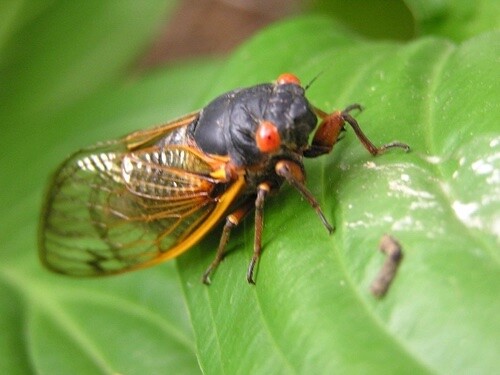
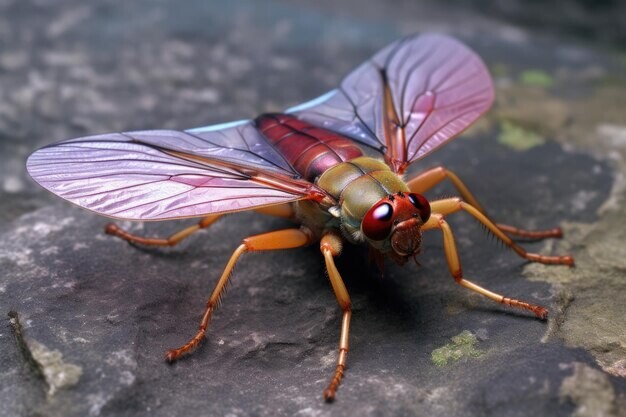
Cicadas are sap-sucking insects, not unlike the spotted lantern flies. Over their life-cycle, cicadas spend about 20 years underground, keeping quiet and bothering no one. Then they emerge to reproduce. This usually means they have only a couple of weeks left to live. But they live out their life with gusto and verve. They sate themselves on sugary saps from trees. They sing and party vivaciously from treetops. They spend prodigious amounts of energy essentially hooking up. They party like it’s 1999.
Cicadas often come with a bad rap, but are not to be feared (but I grant you all full permission to be grossed out at the large numbers that occasionally appear). They do not bite, just annoy. They are not harmful to pets. They really want nothing to do with humans, although they may mistake you for a shrub once in a while.
Cicadas also serve many beneficial purposes to nature and various life cycles. Their emergence holes aerate the soil and enhance groundwater drainage. They serve as a succulent food source for birds and other animals (including my Australian Shepherd Trek who disgustingly eats them like Skittles). Their decomposing hulks nourish yards and forests.
Cicadas certainly are noisy for such small critters. They generate this sound from a structure located on their abdomen side, behind the wings. An article in the Philadelphia Inquirer offered a nice analogy of how the sound is created. It is like a bendy straw where you can contract and expand the bendy part, making a noise when you do. Cicadas have, essentially, a bendy straw on their thorax for communicating and courting.
Cicada songs reverberate from neighborhood canopies, and project for great distances. A singing cicada attracts others to the area creating choruses of song that seem to ebb and flow at regular intervals. Large groups of chirping cicadas can create 100 decibels of sound, louder than many football stadiums. Experts recommend ear protection for anything over 85 decibels.
Most Pennsylvanians will recall that the state had a major cicada emergence in 2021, created by Brood X. There may be some insectophiles out there that are disappointed that they will not experience Swarmageddon 2024. Rest assured…the next notable cicada emergences in the area we can look forward to (or abhor) are the Brood II emergence in 2030, the Brood IV emergence in 2034, and the Brood X emergence in 2038.
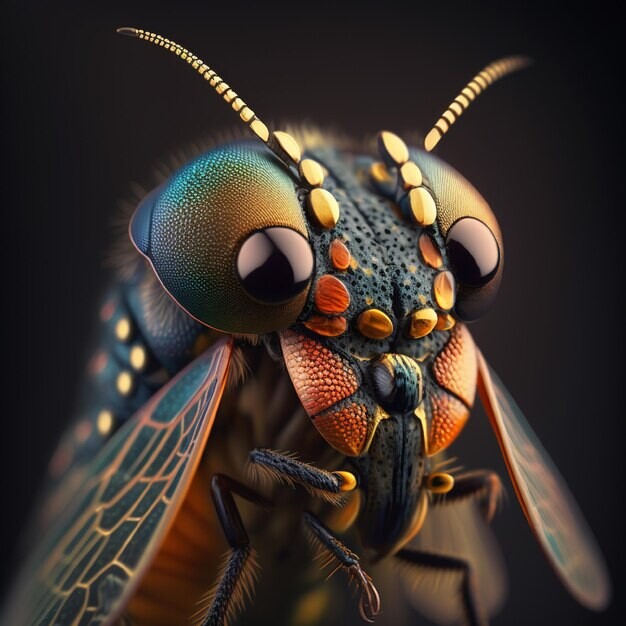
Mike Strzelecki is a freelance travel and outdoor writer, and 1981 graduate of Boyertown Area Senior High School. He writes from his house in Baltimore, Maryland. In his spare time, he joins his wife on adventures around the country observing and photographing birds.